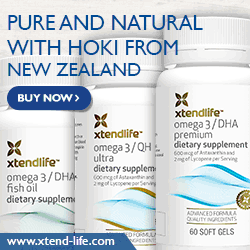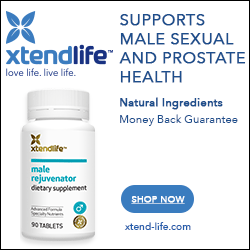Should Serving Sizes be More Realistic?
The Center for Science in the Public Interest certainly thinks so:
Labels for canned soup, ice cream, coffee creamer, and aerosol non-stick cooking sprays understate the calories, sodium, and saturated fat consumers are likely to get from those products, since the declared serving sizes are much smaller than actual serving sizes, according to the Center for Science in the Public Interest. In a recent letter to Food and Drug Administration chief Margaret Hamburg, the nonprofit consumer group again urged the agency to revise its serving-size regulations.
Canned soup presents a dramatic example of how unrealistic the stated serving sizes are, according to CSPI. Labels for Campbell’s Chunky Classic Chicken Noodle soup indicate a serving is 1 cup (a little less than half a can) and has 790 milligrams of sodium—a hefty amount by any standard and about half the sodium most adults should consume in a whole day. But according to a national telephone survey commissioned by CSPI, 64 percent of consumers would eat the whole can at one time and would consume 1,840 mg of sodium—more than a day’s worth for most adults. Only 10 percent of consumers said they eat 1 cup portions.
…The serving size for ice cream is a dainty half-cup, and Nutrition Facts labels for Häagen-Dazs Vanilla ice cream dutifully list 10 grams of saturated fat per serving. So someone eating a whole cup of that ice cream would actually be eating a full day’s worth of saturated fat (20 g).
A ridiculously tiny serving size of a third, a quarter, or even a fifth of a second spray helps PAM and other aerosol cooking sprays boast zero calories and zero fat, even though the products are mostly fat. A six second spray would have 50 calories and 6 grams of fat.
In fairness, a six-second spray of PAM seems ridiculously large to me (my average is less than 2 seconds), but otherwise, I think the points stand. Unrealistic portion size is a problem I’ve complained about before (Vitamin Water is a perfect example of this), although methinks it’s more of an issue when the product in question looks like it ought to be a single-serving… like those dinky-looking pints of Haagen-Dazs or a 20 oz. bottle of soda. In cases like these, displaying the calories and nutritional info for the entire container or bottle might make some people think twice before downing the whole thing.




August 5, 2011
I agree. I think a serving size for soda, flavored water or any product that is in a “one serving size” container should have the whole package info displayed. Chances are they are being completely consumed in one setting.
It may open people’s eyes a little bit seeing the the total calories and fat displayed. That is considering they care enough to even read the label.